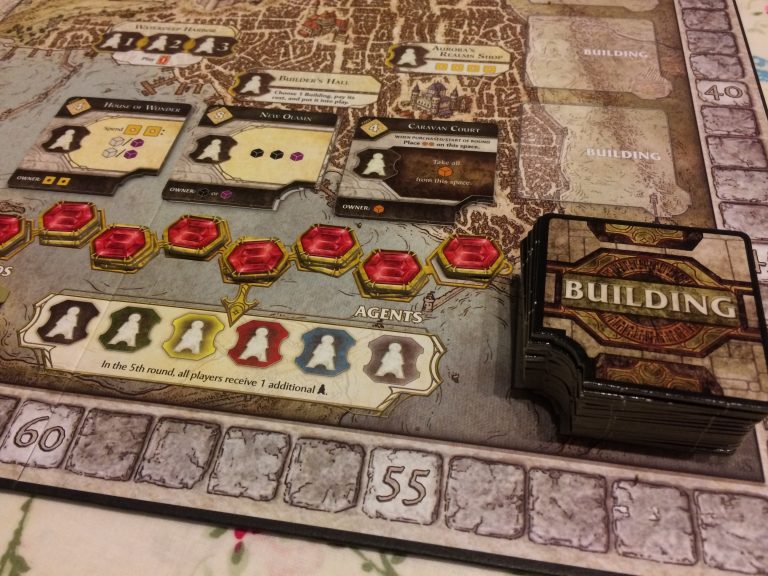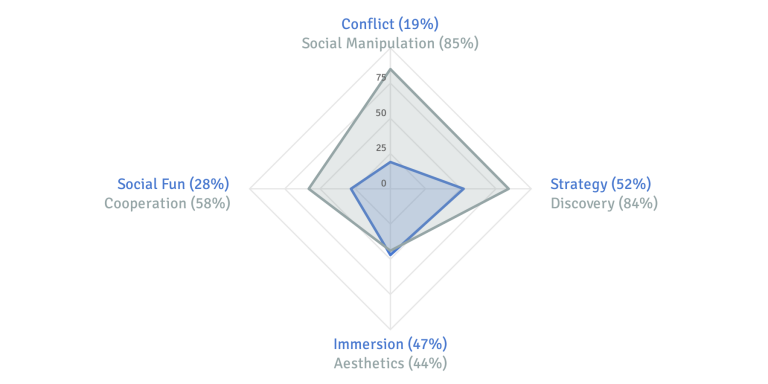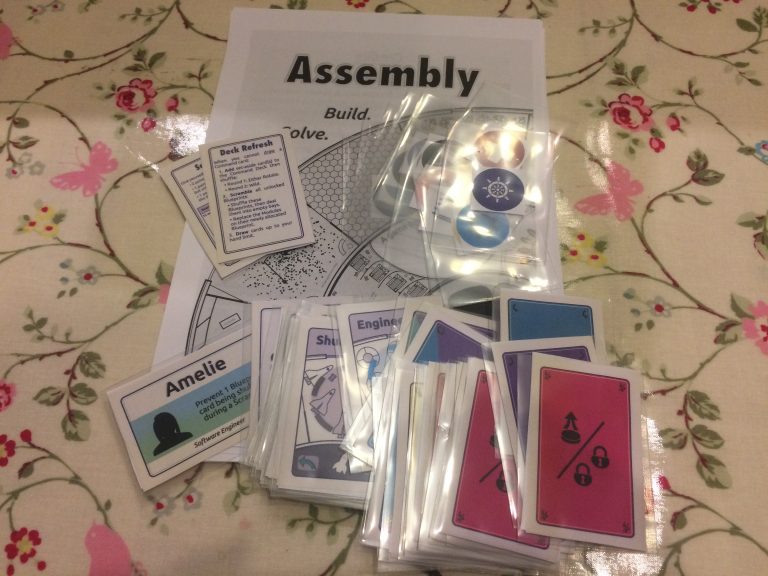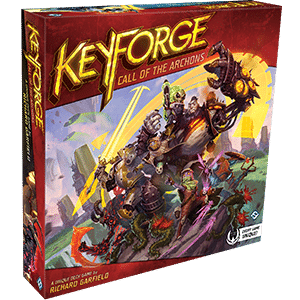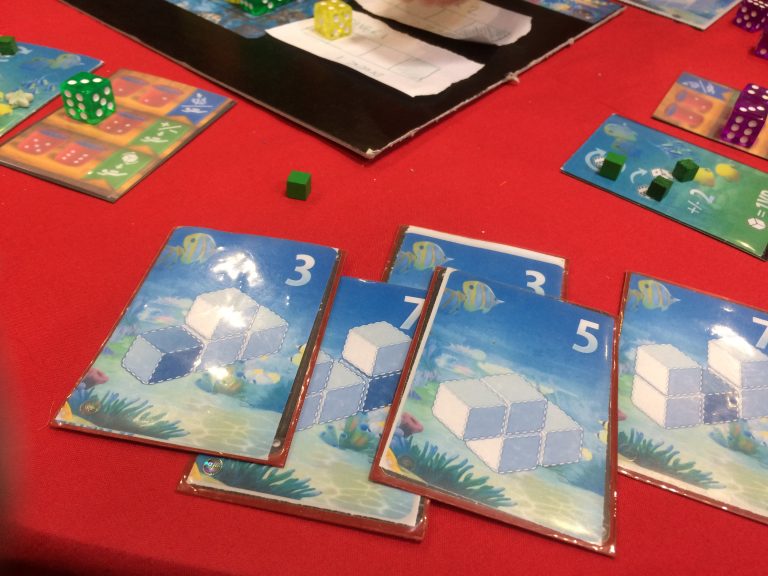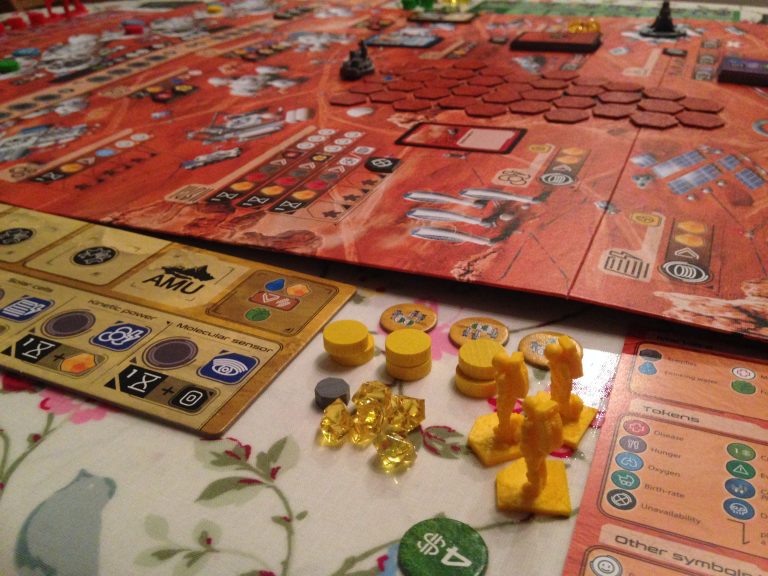Hit me
In many modern tabletop games there is a certain amount of player interaction. The term sounds quite positive. After all, playing games with others is often about interaction and the social aspect. However, the term is actually referring to situations where one player takes an action that directly affects another player. If the effect is negative it is called "take that", and if it is positive it is called "have this". Different players like different amounts or different types of player interaction. You can be a care bear or a warmonger. So let's look at what these different types are and how they affect gameplay.

